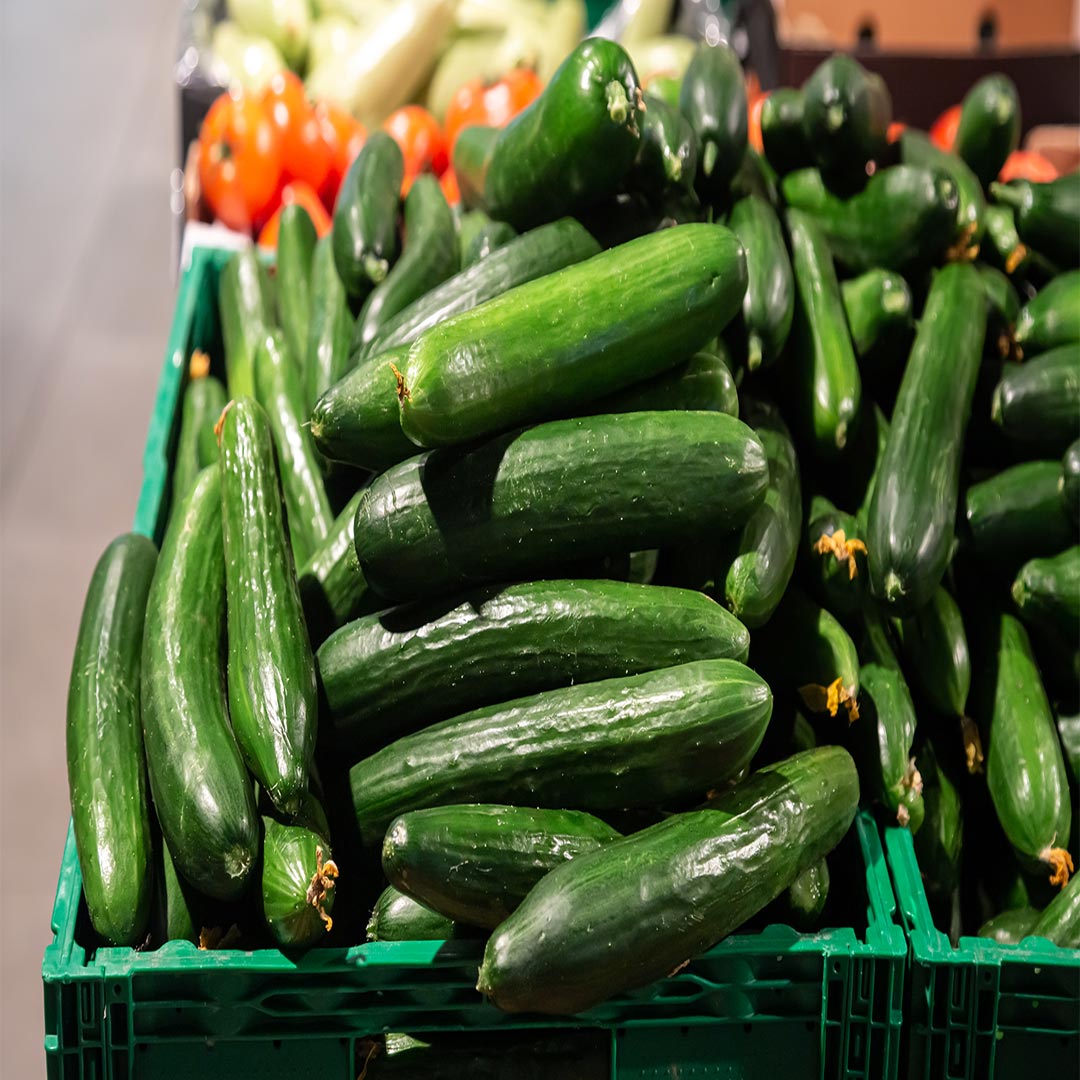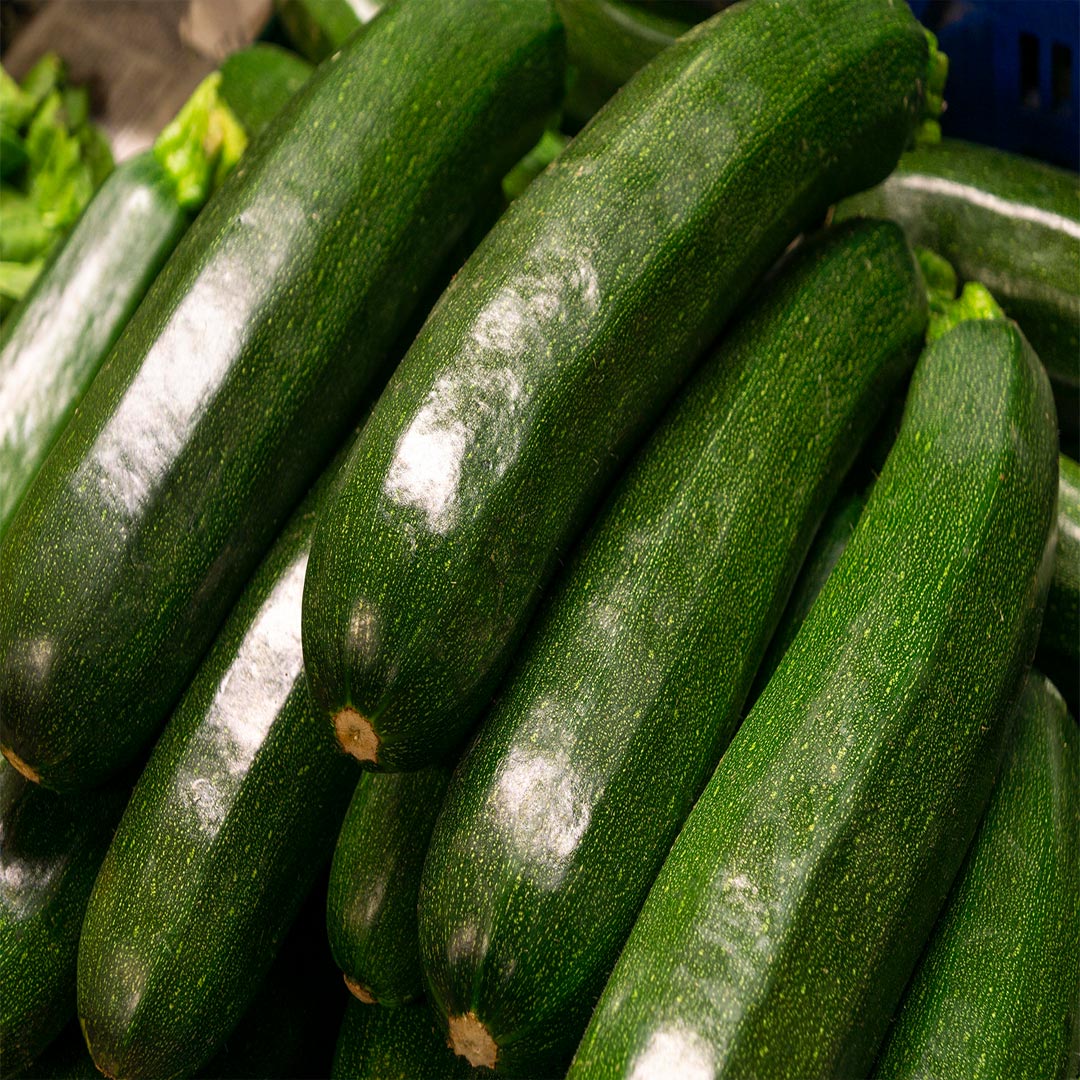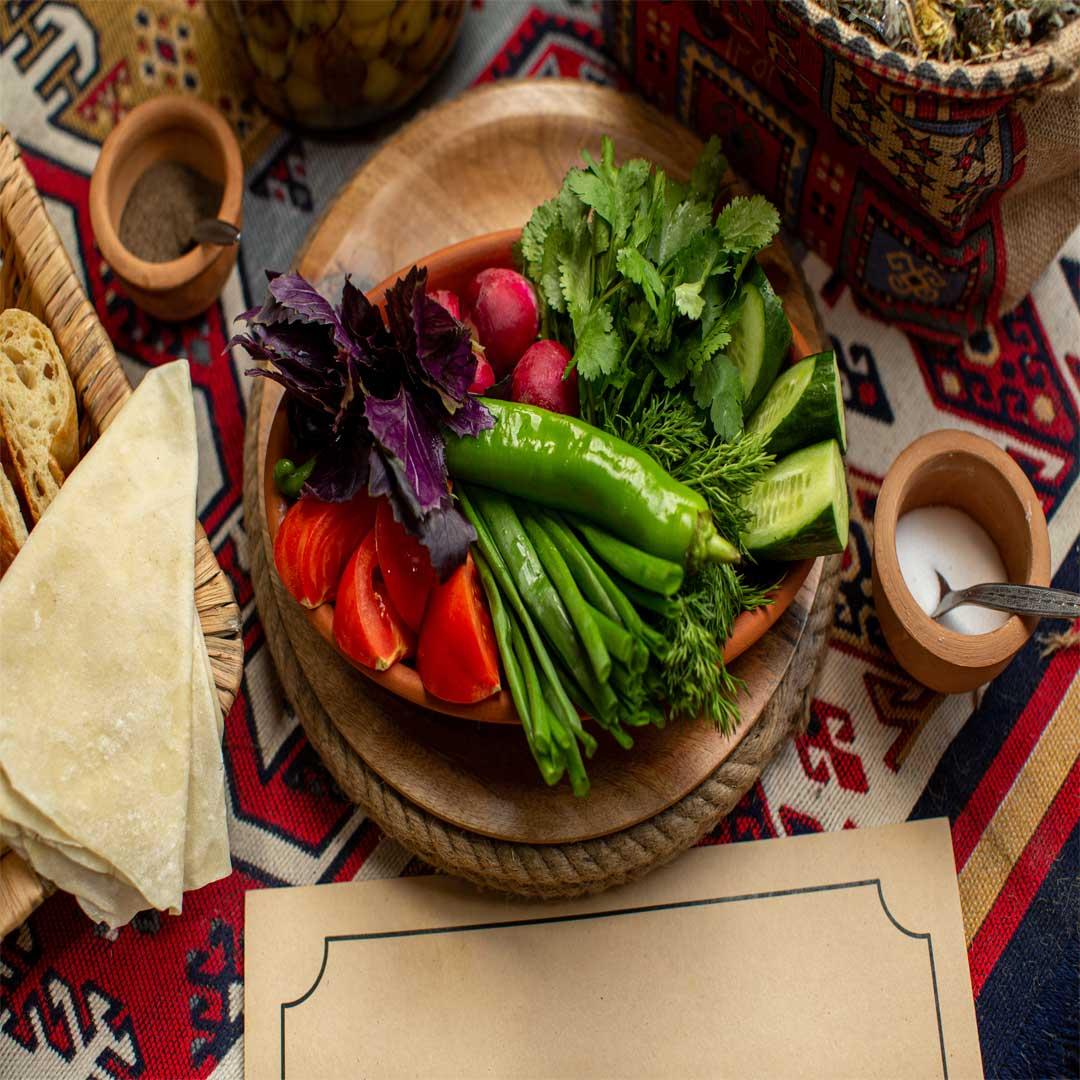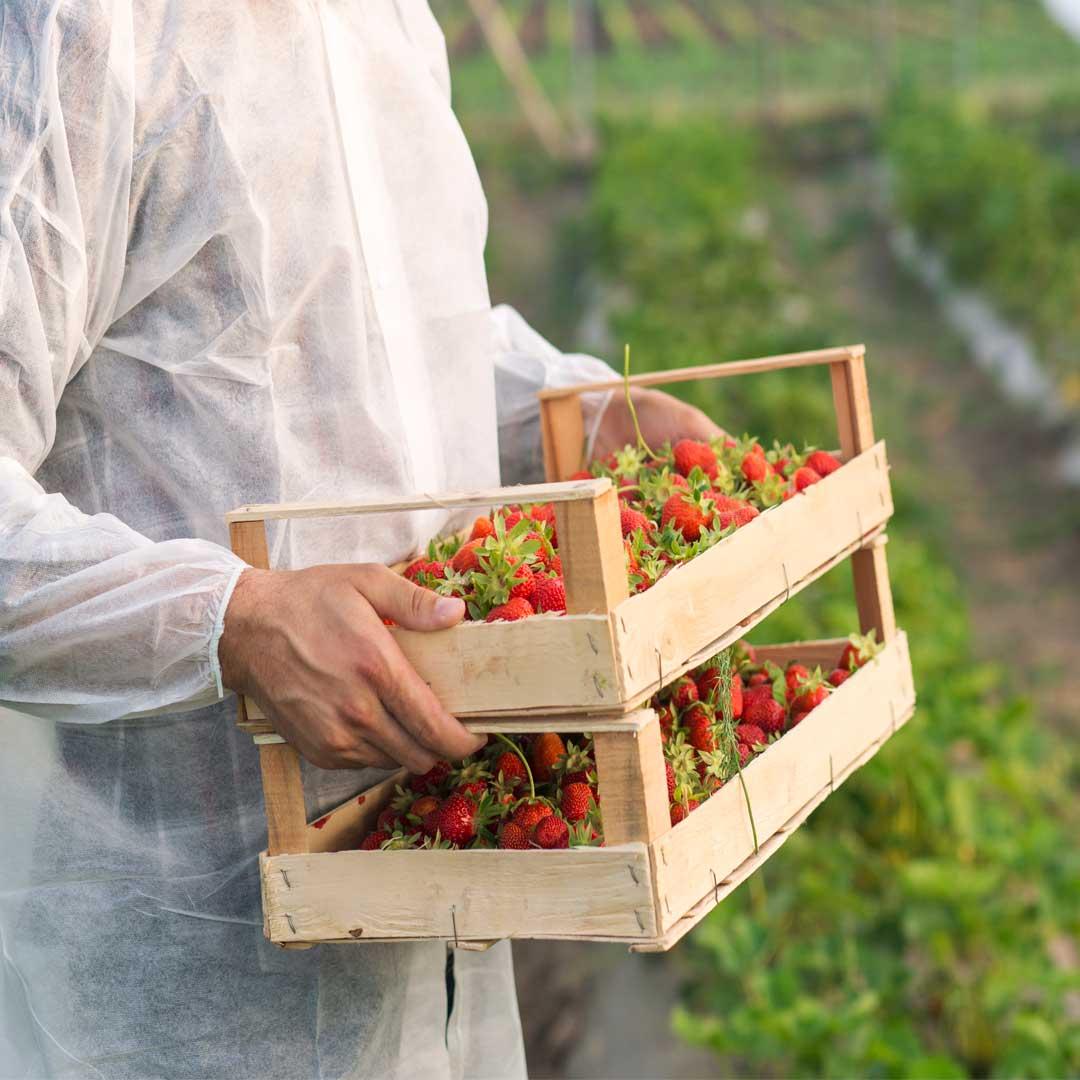France is a major EU market with high demand for premium, natural, and exotic foods. Iran exports pistachios, saffron, d...
Iran's Rich Agricultural Heritage: Exploring the World of Cucumbers on Abrisham Road B2B Platform 🥒🌍
Introduction:
Iran boasts a rich agriculturalhistory, with cucumbers being a staple crop cultivated for thousands of years. The origins of cucumbers can be traced back to the southern regions of Asia, particularly India, where they have been grown for at least three millennia. The ancient Romans and Greeks also valued and utilized this versatile vegetable.

Global Production:
Cucumber cultivation spans thousands of years globally, with ancient Egyptians incorporating them into their diet around 20 centuries before Christ. Today, China and the United States are the leading cucumber producers worldwide. In the U.S., the state of Florida takes the lead, contributing a significant portion of the country's cucumber production. In Iran, the provinces of Kohgiluyeh and Boyer-Ahmad, Lorestan, Khuzestan, and Ilam play a crucial role in cucumber cultivation.
Botanical Profile:
Scientifically classified under the Magnoliophyta division, Magnoliopsida class, Cucurbitales order, Cucurbitaceae family, Cucumis genus, and C. sativus species, cucumbers are annual, herbaceous, flowering plants. Cucumbers are characterized by creeping vines, shallow roots, and tender, water-laden stems. The plant exhibits a sprawling growth pattern, with vine length potentially exceeding 6 meters.
Leaves are typically small in regular varieties but larger in parthenocarpic varieties, often divided into five lobes. Cucumber plants exhibit dioecious tendencies, with male flowers outnumbering female flowers. In greenhouse cucumber varieties, only female flowers are present, making them parthenocarpic and eliminating the need for pollination.

Cucumber Fruit Characteristics:
Cucumber fruits are fleshy with a thin, edible skin and a firm interior. The botanical classification categorizes them as pepos, signifying a fleshy fruit with a tough rind. Cucumber fruits can be bitter, especially in some varieties. They are considered a schizocarp, featuring a fleshy, edible part surrounded by a tougher, inedible membrane.
Cultivation and Climate:
Cucumbers thrive in warm climates, with optimal daily temperatures ranging between 18 to 24 degrees Celsius. They are sensitive to frost, and even temperatures slightly below freezing can hinder fruit formation and lead to physiological disorders. Adequate warmth is essential for germination, growth, and flowering.
Cucumber plants demand ample water and warmth throughout their growth stages. They are particularly sensitive to cold temperatures, and even temperatures slightly above freezing can cause irreparable damage. In colder regions, cucumber cultivation typically occurs after the threat of frost has passed, with planting seasons in both spring and fall in the southern regions of Iran.
Soil Requirements:
The soil for cucumber cultivation should retain moisture well, possess good drainage and aeration capabilities, and fulfill the root system's needs. Light soils rich in nutrients are ideal for cucumber cultivation, ensuring optimal root development and overall plant health.

Conclusion:
Iran's agricultural landscape, steeped in history, continues to thrive with cucumber cultivation in key provinces. Understanding the botanical intricacies, climate preferences, and soil requirements is crucial for successful cucumber farming. As demand for Iranian cucumbers grows, the Abrisham Road B2Bonline platform provides a valuable marketplace for wholesale transactions, connecting buyers and sellers in the flourishing world of agricultural commerce. 🌱✨




